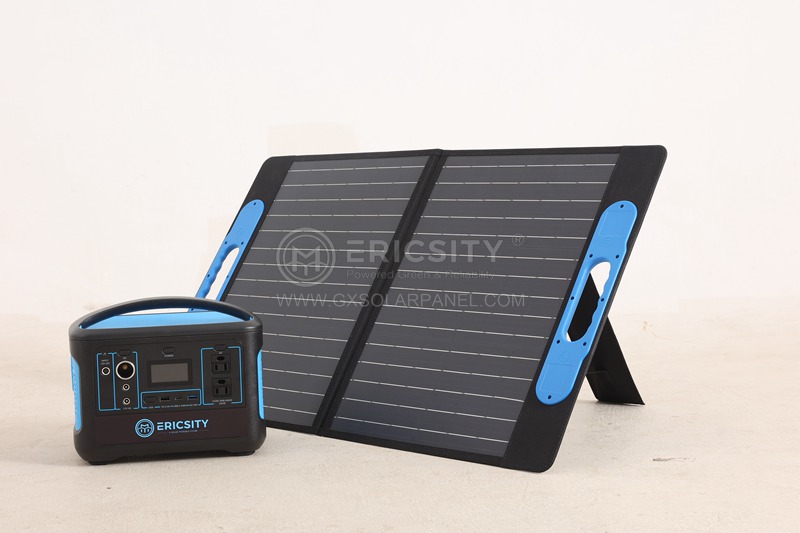HOT PRODUCT
Product Details
amorphous Flexible Solar Panels: Net-zero Energy Solutions
Title: Amorphous Flexible Solar Panels: Net-Zero Energy Solutions
Introduction (100 words):
In the era of sustainable development, renewable energy sources are becoming increasingly important. Among them, solar energy holds great promise due to its abundant availability. In recent years, significant advancements have been made in the field of solar panel technology. One such innovative technology is amorphous flexible solar panels, which offer numerous advantages. This article explores the concept of amorphous flexible solar panels and their potential as net-zero energy solutions.

1. Understanding Amorphous Flexible Solar Panels (150 words):
Amorphous flexible solar panels, also known as thin-film solar panels or thin-film photovoltaic cells, are a type of solar panel made from non-crystalline semiconductor materials. Unlike traditional silicon-based solar panels, which are rigid and heavy, amorphous panels are lightweight and flexible. These panels consist of a thin layer of photovoltaic material, such as amorphous silicon, cadmium telluride, or copper indium gallium selenide, sandwiched between transparent conductive layers.

2. Advantages of Amorphous Flexible Solar Panels (200 words):
Amorphous flexible solar panels offer several advantages over traditional solar panels. Firstly, their flexibility allows them to be integrated into various surfaces, including curved or irregular shapes, making them suitable for applications in consumer electronics, building-integrated photovoltaics (BIPV), portable power solutions, and even clothing. Secondly, these panels perform better in low-light conditions and are less affected by shading, as compared to crystalline silicon panels. Furthermore, their thin-film nature enables them to generate electricity even when partially covered or in diffused light conditions.
3. Net-Zero Energy Solutions (150 words):
The increasing global demand for energy calls for sustainable solutions that can help achieve net-zero energy consumption. Amorphous flexible solar panels offer great potential in this regard. By harnessing solar energy and converting it into electricity, these panels contribute significantly to reducing reliance on fossil fuels for power generation. They can be integrated into residential and commercial buildings, providing on-site renewable energy generation and reducing the reliance on traditional power grids. With advancements in energy storage technologies, such as batteries, surplus energy generated during daylight hours can be stored for use during non-sunlight hours, thus ensuring a consistent power supply.
Conclusion (100 words):
Amorphous flexible solar panels are poised to revolutionize the solar energy market. Their lightweight, flexibility, and ability to generate electricity under low-light conditions make them a promising solution for net-zero energy consumption. As renewable energy sources become increasingly important in addressing climate change and energy security concerns, amorphous flexible solar panels are at the forefront, providing an efficient and sustainable energy solution. By actively pursuing and adopting such technologies, we can pave the way for a greener and cleaner future.




